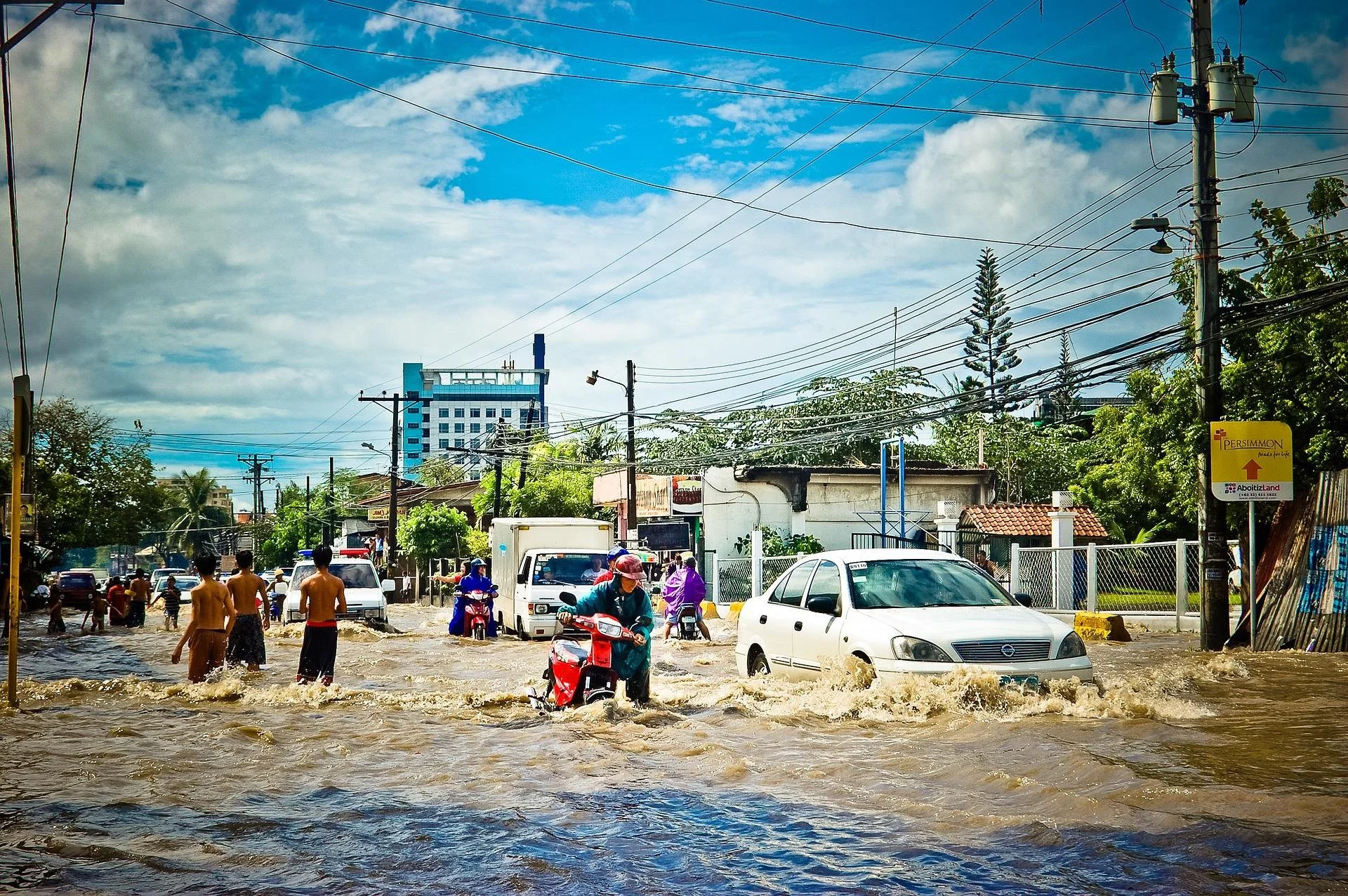Tāmaki Makaurau, Te Whanganui-a-Tara and Ōtautahi get sustainable…
Ōtautahi - It’s estimated 70 percent of the world’s population will live in cities by 2050.
The United Nations’ sustainable development goals highlight the need to ensure cities are safe and sustainable for all. What are New Zealand’s biggest cities doing to catch up with the rest of the world?
Locationtech, part of the NZTech alliance, will be holding a zoom meeting about sustainable cities on May 4.
Around the world, cities are innovating to help tackle challenges such as climate change.
Projects include tiny urban forests that could help combat climate change, sponge cities that soak up floodwater, and vertical forests that tower into the sky.
With an ever-increasing global population and rising urbanization, creating safe, resilient and sustainable cities is right at the top of the green agenda.
The United Nations included this mission among its 17 sustainable goals, which form a blueprint for collectively addressing the challenges the world faces.
Scientists think global warming is increasing the likelihood of extreme weather events, including floods. But some cities are fighting back, using the power of nature to mitigate the risks.
In China, concrete neighbourhoods are being interlaced with green spaces that can naturally detain and filter water. The same concept is employed in Singapore, which has been dubbed “the garden city” due to its abundance of greenery.
In Milan, Italy, architects have done the same with tree cover, creating a vertical forest on two residential tower blocks. Boasting 800 trees, 4,500 shrubs and 15,000 plants, the forest" covers an area the size of three and a half football pitches if planted on the ground. Similar projects are underway in cities in Switzerland, The Netherlands and China.
In Paris, the mayor is using the Rue de Rivoli as a prototype for a future metropolis in which no Parisian should need to travel more than 15 minutes on foot or by bike to work, shop, or deal with a government agency.
Regeneration projects are also at the forefront of sustainable city initiatives, and they are certainly on the right track in Bangkok, where the shortage of green spaces has come under scrutiny.
Now an old elevated railway line has been turned into a city park. In Israel, a new app could hold the key to creating faster, cleaner and more convenient commutes. Users enter their location and destination, and an algorithm calculates the most efficient journey.
Ecologists bemoan the fact that urban environments are often left out of biodiversity studies – and that urban environments lack true biodiversity, period, due to the lack of spaces undisturbed by humans, the lack of corridors between green patches and the overall level of pollution.
The goal of cities of the future should be to create a variety of undisturbed land-based and aquatic biotopes within urban environments, connected by corridors for animals to migrate and for seeds to spread. Green roofs, conventional parks, private gardens and green facades could create additional space for animals and plants to thrive.
Toronto is one example of a city that adapted development regulations according to this model, by passing the green roof bylaw, which requires a certain ratio of green roofing for new developments above a certain size.















Lisa was born in Auckland at the start of the 1970s, living in a small campsite community on the North Shore called Browns Bay. She spent a significant part of her life with her grandparents, often hanging out at the beaches. Lisa has many happy memories from those days at Browns Bay beach, where fish were plentiful on the point and the ocean was rich in seaweed. She played in the water for hours, going home totally “sun-kissed.” “An adorable time to grow up,” Lisa tells me.
Lisa enjoyed many sports; she was a keen tennis player and netballer, playing in the top teams for her age right up until the family moved to Wellington. Lisa was fifteen years old, which unfortunately marked the end of her sporting career. Local teams were well established in Wellington, and her attention was drawn elsewhere.